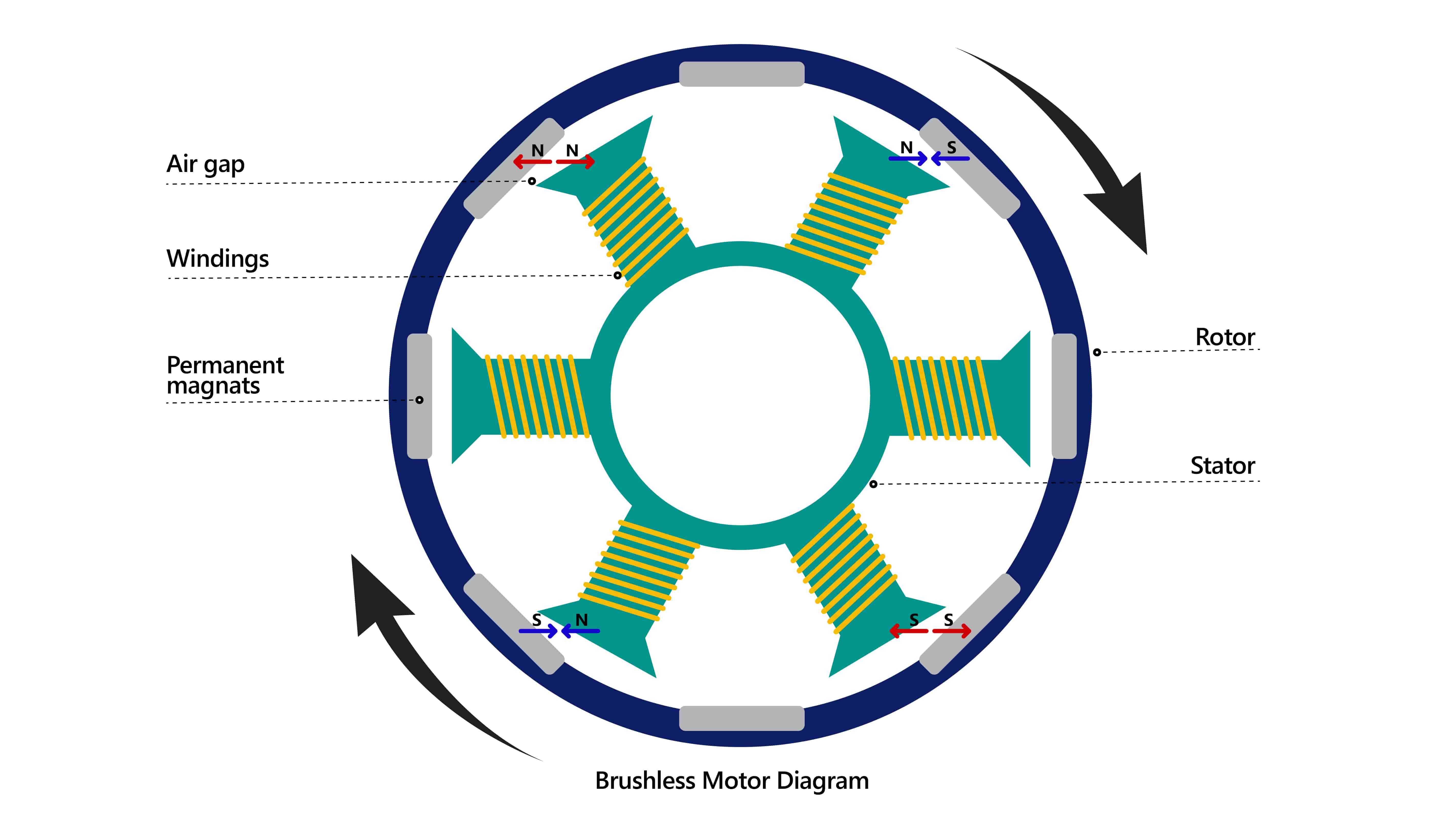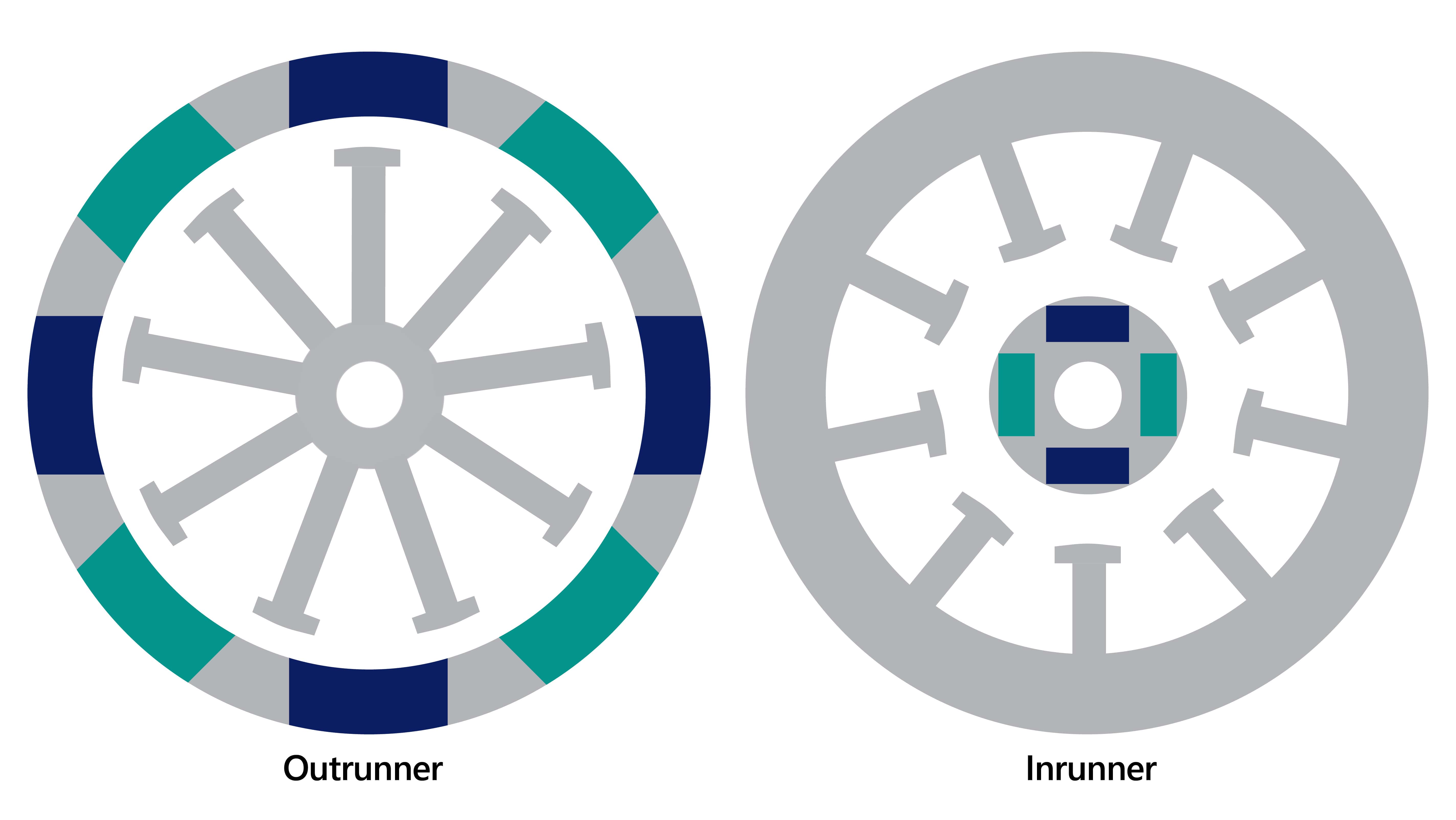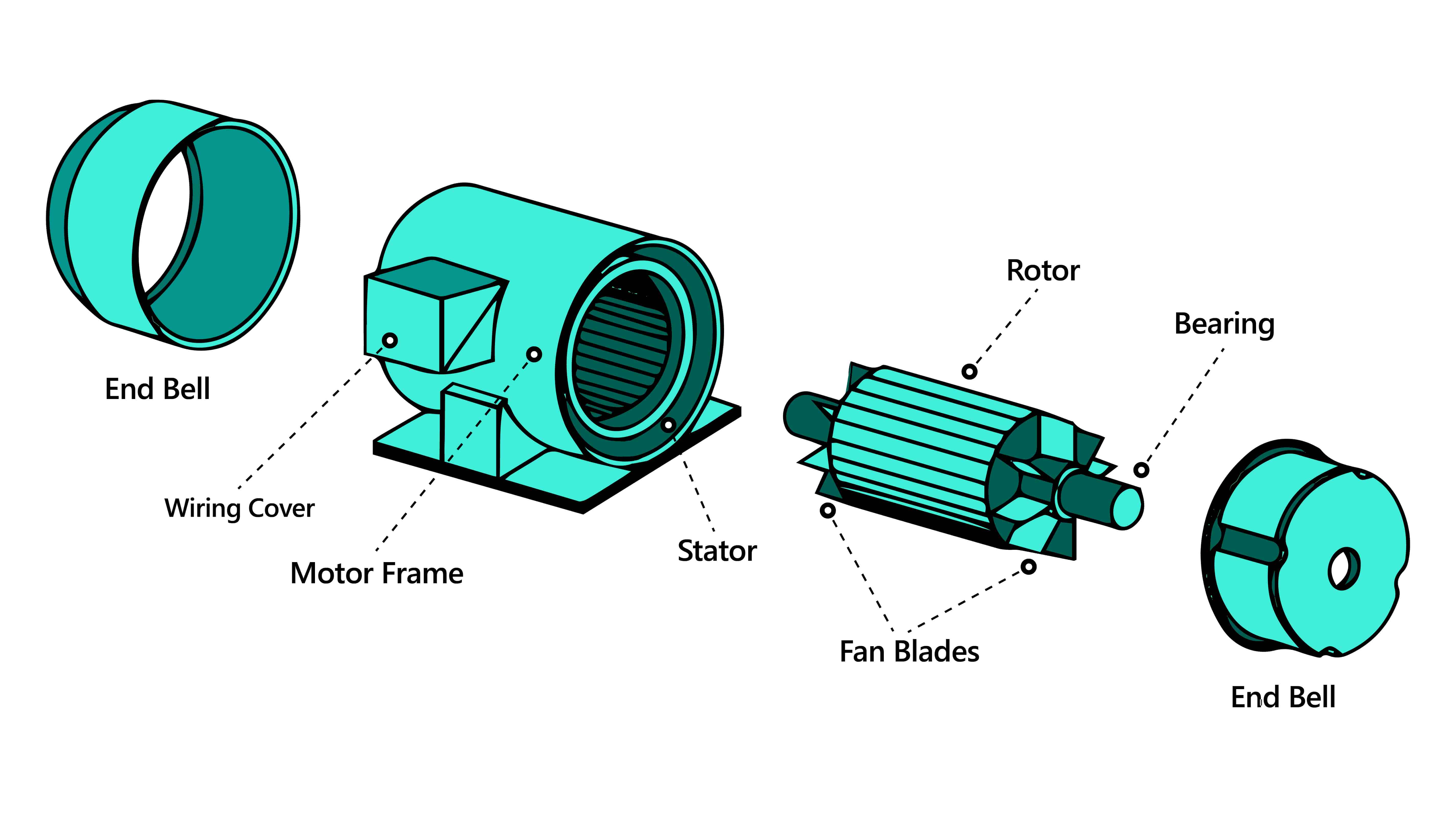
Electric vehicles have been creating a buzz in the automotive industry for quite some time now and rightfully so. With its sales increasing by 39% in 2020 to reach 3.1 million units, it is estimated to reach 30 million units by 2028.
Despite its growth potential, the awareness of how electric vehicles work is not common. In this article, we have summarized everything you need to know about electric vehicles.
The difference in electric vehicles
While replacing petroleum with electricity is well-known, they have also replaced the two most crucial parts of all automobiles throughout the history of the automotive industry: the engine and the transmission.
In petroleum-fuelled vehicles, the engine converts the liquid fuel into mechanical energy, and the transmission keeps the revolutions per minute of the engine low at various speeds to help prevent engine overload.
In electric vehicles, the engine’s role is taken over by the motor which converts electricity into mechanical energy. The reducer is similar to transmission; since the motor in electric vehicles has higher RPM than engines, the reducer moderates the speed to the appropriate level throughout the driving time.
Components of electric vehicles
EV batteries and their components
One of the issues with the development of electric vehicles was the battery as its capacity determines the performance and runtime of the vehicle. The advent of battery technology produced smaller batteries with higher capacities and empowered space usage and fuel economy.
Today’s electric vehicle batteries can have as many as a thousand cells that work as a single entity for battery durability and performance. This is taken care of by the Battery Management System, which oversees the cells’ statuses and controls operation.
Another concern with batteries is when the temperature is low, the battery performance decreases because of the resulting low chemical reactivity. The Battery Heating System ensures to keep the batteries in optimal temperature, bettering durability and performance. Since batteries supply only DC power, an On-Board Charger is used to convert the available AC power into DC for storage; in consequence, On-Board Chargers are not used when DC fast charging is available.
Electric vehicle motors and their types
Brushless DC Motors (BLDC)

The principle behind electric vehicle motors is that opposite poles of magnets repel; they rotate if pivoted. This simple concept is taken advantage of to produce continuous, high-speed rotation.
The stator (stationary component) in Brushless DC motors is a programmable set of multiple electromagnets, and the rotor is a set of permanent magnets. There is also an electronic controller to keep track of the permanent magnets’ position with the help of a sensor.
If the electromagnets (stator) next to the permanent magnets (rotor) are excited with opposite polarity, the attraction will pull the magnets and cause the rotor to rotate. The controller manages the polarity of electromagnets in such a way that the rotor will always be attracted to the magnet next to it and continue its rotation.
There are two types of Brushless DC motors: out-runner BLDC motor, which has its rotor structured outside and stator inside; in-runner BLDC motor, which has its rotor inside with the stator enclosing it like typical motors.

Since there is no friction, Brushless DC motors are silent, small, light, easy to maintain, and have high initial torque and efficiency. BLDC motors are used in many electric bicycles and motorcycles.
Permanent Magnet Synchronous Motor (PMSM)
Similar to Brushless DC motors, Permanent Magnet Synchronous Motor has permanent magnets for rotor and multiple coils (electromagnets) wound as the stator. The key difference is the way the windings are wound: sinusoidal in PMSM and trapezoidal in BLDC. This in turn produces a back electromagnetic force (emf), which is Alternating Current (sinusoidal) for PMSM and Direct Current (trapezoidal) for BLDC.
BMW i3, Honda Accord, Toyota Prius, Nissan Leaf, and Chevrolet Bolt EV are some of the electric vehicles that use PMSM.
Three-Phase AC Induction Motor

Three-phase induction motors do not have permanent magnets as their rotors; instead, they have equipment similar to a squirrel cage connected to the shaft. The stator is made up of numerous copper wires wound to make multiple sets of coils—each set comprises a pair of windings opposite to each other.
When electricity is made to pass through any wire, it creates an electromagnetic field around the wire. If the wire is already subjected to a magnetic field, the two magnetic fields interact and force the wire to move depending on the direction of the current.
The electromagnetic field created by the windings (stator) induces a current in the rotor, which in consequence creates another magnetic field. Since Alternating Current reverses polarity continuously, and since each set of coils has a pair of windings opposite to each other, the rotor experiences opposing force on its sides propelling it to rotate.
Squirrel cage induction motors have a longer life, require less maintenance, suitable for rugged environments, cost-efficient, and offer 92-95% efficiency. Tesla Model S is one of the best examples of high-performance electric cars using a three-phase AC induction motor.
Electric Power Control Unit (EPCU)
As the name suggests, Electric Power Control Unit integrates a number of devices such as the inverter, the low voltage converter, and the Vehicle Control Unit (VCU) to manage the flow of power within the electric vehicle.
Inverter
The inverter converts the incoming DC power from the battery into AC since the majority of the electric car motors operate using an AC power supply. While the On-Board Charger’s function is only to convert AC to DC, the inverter manages the frequency of AC electricity supplied to the motor and controls the speed of the vehicle.
Low voltage DC-DC converter
Many electronic systems in the electric vehicle operate on low voltage, however, the output from the battery is high. Low voltage DC-DC converter converts high voltage battery output into low voltage, typically 12V, to power electric vehicle’s electronic systems.
Vehicle Control Unit (VCU)
The Vehicle Control Unit is probably the most important component of the Electric Power Control Unit. It optimizes torque, manages regenerative breaking, motor, A/C load, charging, and power supply in electric vehicles.
Different Types of Charging Units
Level 1 home charging
This is the basic home charging outlet that uses a 120-volt plug and does not require any special equipment to install. Although level one charging provides only about three to five miles per hour of charge, it is feasible as many electric vehicle owners charge their vehicles at night when time is not a constraint.
Level 2 charging
Level two charging is ideal for both home and commercial charging applications. Offering charging through a 240-volt plug, it can provide up to 60 miles per hour of charging. Level two charging units require a dedicated 40-amp circuit and are typically installed with the help of an electrician.
DC fast charging
DC charging does not go through the On-Board Charger as the power is directly from DC supply; this helps speed up charging—delivers up to 100 miles for only 20 minutes of charging—with the only limiter being the connecter type.
There are three types of DC chargers prevalent today: CHAdeMO, Combined Charging System (CCS), and Tesla Supercharger. Electric vehicles other than Tesla cannot use Tesla superchargers, however, Tesla vehicles can use CCS and CHAdeMO chargers with the help of an adapter.
Electric vehicles: The future of green mobility
Electric vehicles emit around three times less CO2 than what conventional vehicles emit in their lifetime, empowering sustainability and helping to reduce global warming. It is forecasted that by 2035, 13% of all the vehicles on road in the US will be electric, estimating gasoline-powered vehicles to stick around a decade or two.


